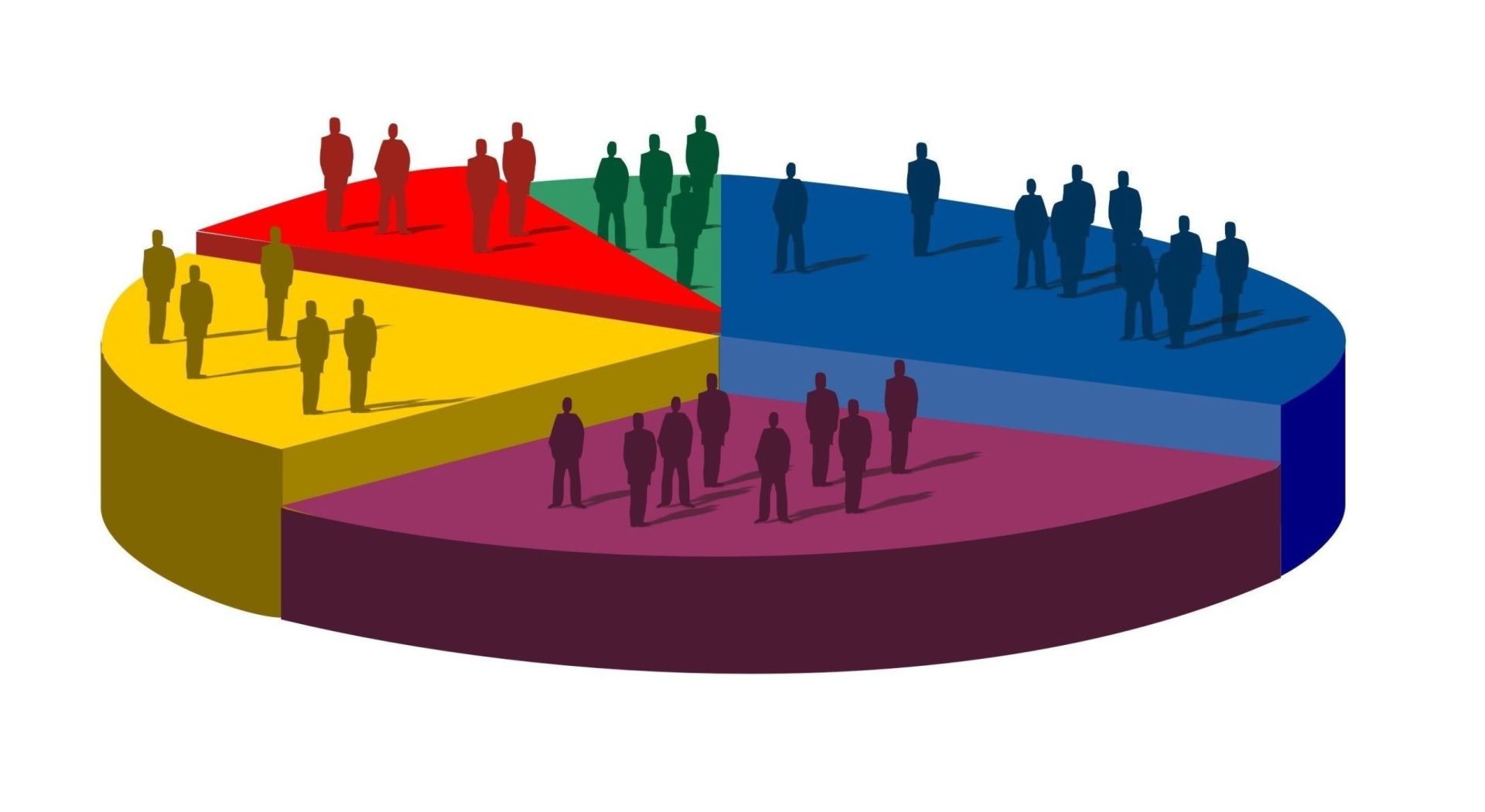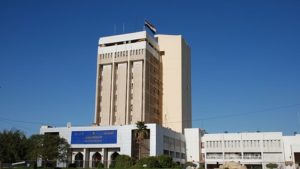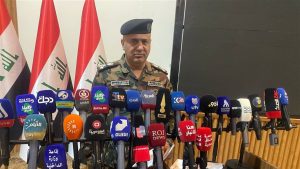The Importance of Population Census in National Planning
The population census is a vital tool for understanding the demographic structure of any country, as it contributes to directing public policies and planning resources effectively. After nearly four decades of absence, Iraq conducted a comprehensive population census in November 2024, providing accurate data to support sustainable development.
Total Population and Geographic Distribution
According to the preliminary results, Iraq’s population reached 45,407,895 people, including foreigners and refugees.
- Urban Population: 70.3% of the population resides in urban areas, indicating the growing trend of urbanization in the country.
- Rural Population: 29.7% of the population lives in rural areas, requiring enhanced rural development to balance service distribution.
Age Structure of the Population
The age distribution of the population is as follows:
- Children under 15 years old: 36.1% of the population, highlighting the need for focused development in the education and health sectors.
- Working-age individuals (15-64 years old): 60.2% of the population, presenting an opportunity to capitalize on the “demographic dividend” to boost economic growth.
- Elderly (65 years and above): 3.7% of the population, necessitating the development of healthcare and social services for this group.
Gender Balance
The census revealed a balance between the genders:
- Males: 22,784,062 individuals (50.1%).
- Females: 22,623,833 individuals (49.8%).
Household Size and Distribution
There are 7,898,588 households in Iraq, with an average household size of 5.3 individuals per household.
- Female-headed households: 11.33%, indicating an increasing role of women in household leadership.
- Male-headed households: 88.67%.
Population Growth Rates
Iraq recorded an annual population growth rate of 2.33%, necessitating future planning to meet the needs of the growing population.
Challenges and Future Opportunities
The census highlights several challenges and opportunities:
- Increasing Urbanization: There is a need to develop infrastructure in cities and provide essential services.
- Demographic Dividend: The high percentage of young people can be leveraged to enhance the economy by creating jobs and developing skills.
- Rural Development: Improving services in rural areas is essential to reduce migration to cities.
Conclusion
The 2024 population census provides valuable data to support strategic planning in Iraq. Policymakers must use this information to develop policies that foster sustainable development and meet the growing needs of the population.





















